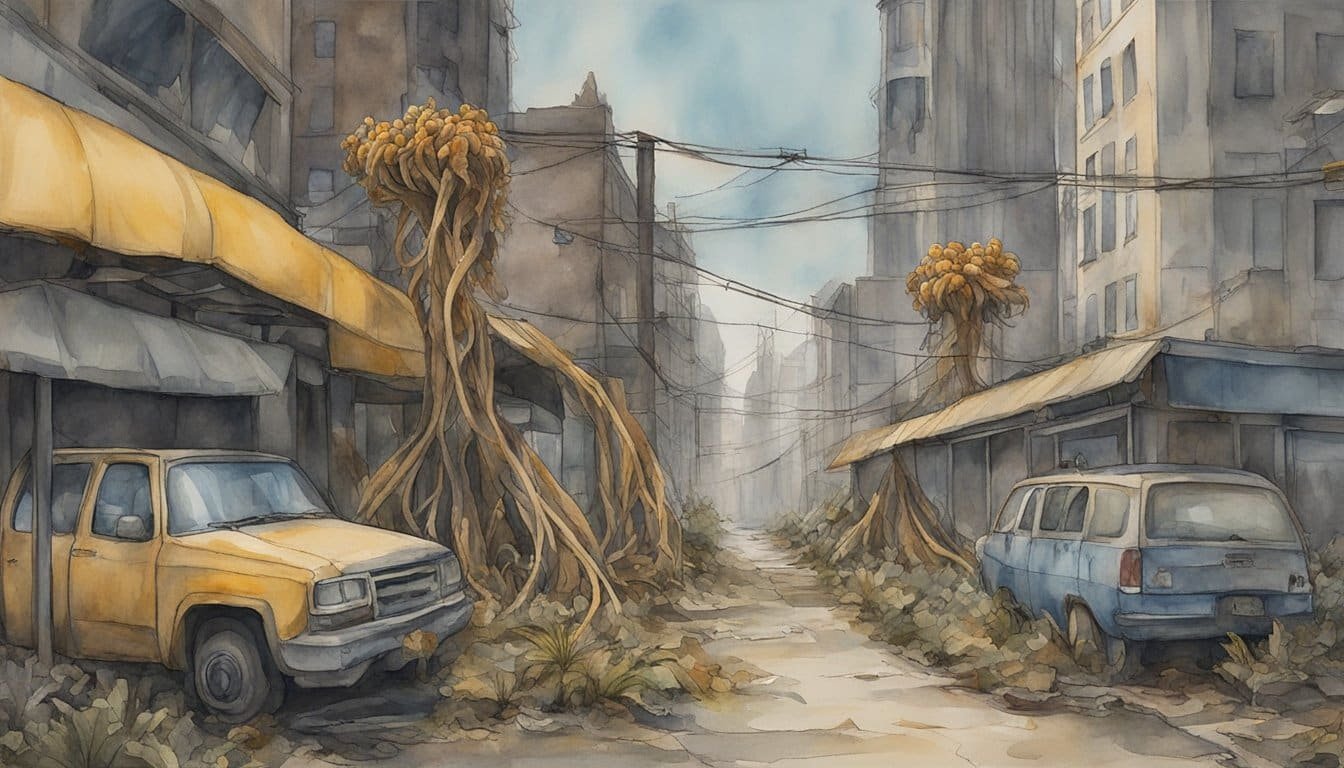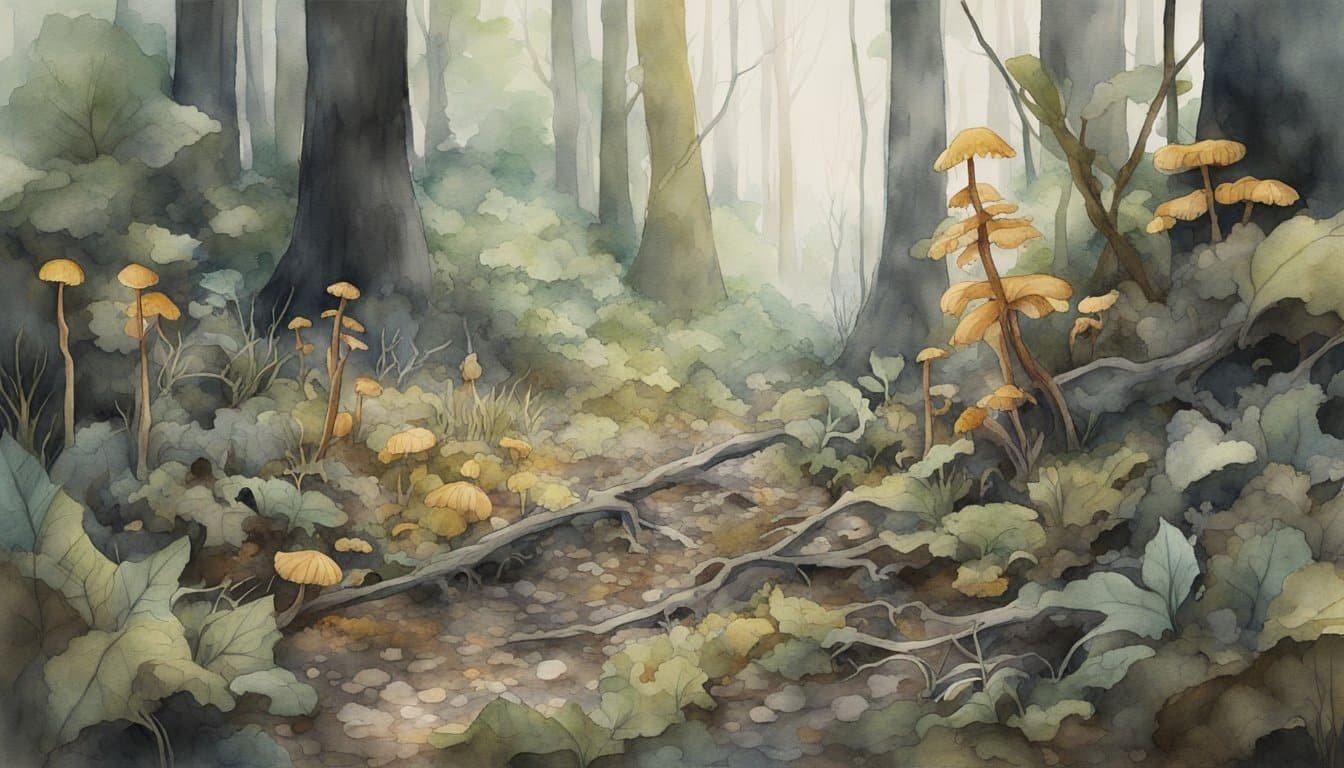Understanding Cordyceps and The Last of Us
Cordyceps: a genus of parasitic fungi known to infect insects and other arthropods. In nature, they control their hosts’ behavior before eventually killing them to complete their life cycle. However, the idea depicted in the popular video game The Last of Us exaggerates the abilities of the Cordyceps, as the game’s version jumps species and infects humans.
The Last of Us introduces gamers to a post-apocalyptic world where a mutated strain of the Cordyceps fungus has devastated humanity. This strain spreads via spores and direct contact with the infected.
The video game’s real hook lies in its portrayal of the infected humans. These individuals display various stages of infection, with early stages maintaining some semblance of humanity before descending into aggressive and unrecognizable creatures.
The Infected:
- Runners: First stage of infection; still show human traits.
- Stalkers: Cunning and use cover; an intermediate stage between runners and clickers.
- Clickers: Heavily mutated and blind; use echolocation to hunt.
- Bloaters: Final stage; armored and extremely dangerous.
Though The Last of Us utilizes the concept of Ophiocordyceps—a real-world fungus that influences its host’s behavior—the leap from insect to human infection remains firmly in the realm of science fiction. While the game has been noted for its realistic approach on a number of elements, the Cordyceps fungus infecting humans at this level is not plausible with our current ecological and biological understanding.
For those interested in how the Cordyceps fungus affects the human brain within the context of the game’s story, additional information can be found here.
While the game’s concept of Cordyceps manipulating human hosts is a work of fiction, its grounding in real-world biology makes it both compelling and haunting for players, striking a chord with our innate fear of disease and loss of autonomy.
Impact on Popular Culture and Media

The “The Last of Us” franchise, originally a video game, has incredibly influenced popular culture and media, leading to an impactful HBO adaptation.
Video Game Influence
“The Last of Us” surfaced as a significant force in the gaming industry, revered for its deep storytelling and character development. Crafted by Neil Druckmann and the creators at Naughty Dog, the game revolves around the characters Joel and Ellie. Their journey through a post-apocalyptic world, affected by the Cordyceps fungus, garnered critical acclaim and a dedicated fan base, influencing how games could merge cinematic storytelling with interactive gameplay.
HBO Adaptation
The transition from console to screen marked a new turn with the HBO series adaptation, spearheaded by Neil Druckmann and Craig Mazin, which premiered to significant attention. Audiences followed the plights and journey of Joel, played by Pedro Pascal, and Ellie, bringing an enriched narrative depth to television. The show explores the crumbling vestiges of society, personal morality, and survival, setting a precedent for future game-to-TV adaptations.
Real-Life Correlations and Concerns
The depiction of cordyceps in “The Last of Us” has intriguing parallels with real fungi and poses hypothetical scenarios for humanity. This exploration merges fiction with genuine scientific curiosity.

Cordyceps in Nature
Cordyceps are a family of fungi that can be found in nature, primarily known for their parasitic relationship with insects, particularly ants. These fungi infect their host and eventually take over its body to aid in their own reproduction, which can be a horrifying process to observe. On planet Earth, cordyceps serve as a natural form of pest control, though they pose no threat to humans.
Implications for Humanity
The threat of a pandemic, whether viral or fungal, is a real concern for humanity, which is why the story’s use of a cordyceps-like infection is so evocative. While a global outbreak affecting humans like in “The Last of Us” remains fictional, the context of climate change causing shifts in pathogen distribution is a genuine worry. Rising global temperatures may lead to unexpected changes in how diseases can be transmitted, underlining the relevance of monitoring such fungal infections in real life.

